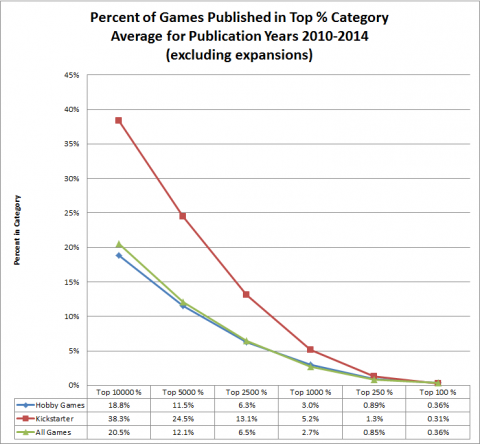Setup
If you are coming to this article first, you may want to start at Part 1 of this series to be sure you have the full context.
The impetus for this article (which became this series) was the rise of “hate rating” (my term) reported to be occurring on BoardGameGeek as Pandemic Legacy: Season 1 rocketed up the rankings and in particular, as it approached the coveted #1 position long held by Twilight Struggle. As Pandemic Legacy approached the top spot on the BGG rankings, some users rated Pandemic Legacy a “1”, apparently attempting to keep it from rising higher in the ranking. Some raters flat out stated in their comments that this was their intent, so we know this was happening. Some stated other reasons (which we will discuss in Part 3) and some remained silent, so we don’t know their intent.
In this part of the article we discuss the practice of “hate rating,” review some of the stats on the ratings and discuss the information gleaned from those ratings and potential impact on the BGG rankings. Although this event was well-covered in the tabletop media, what remains lacking are specifics about the ratings – everything I heard or read was anecdotal.










